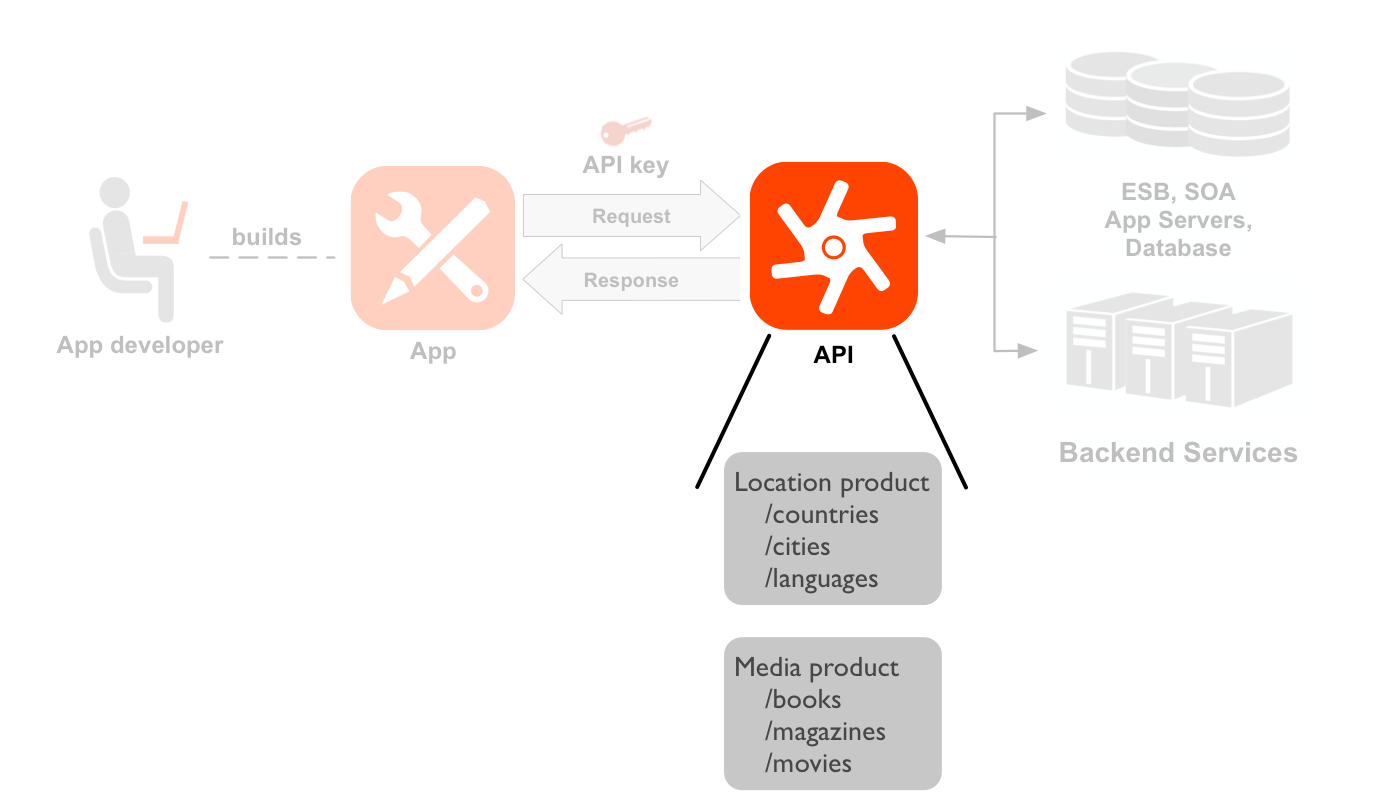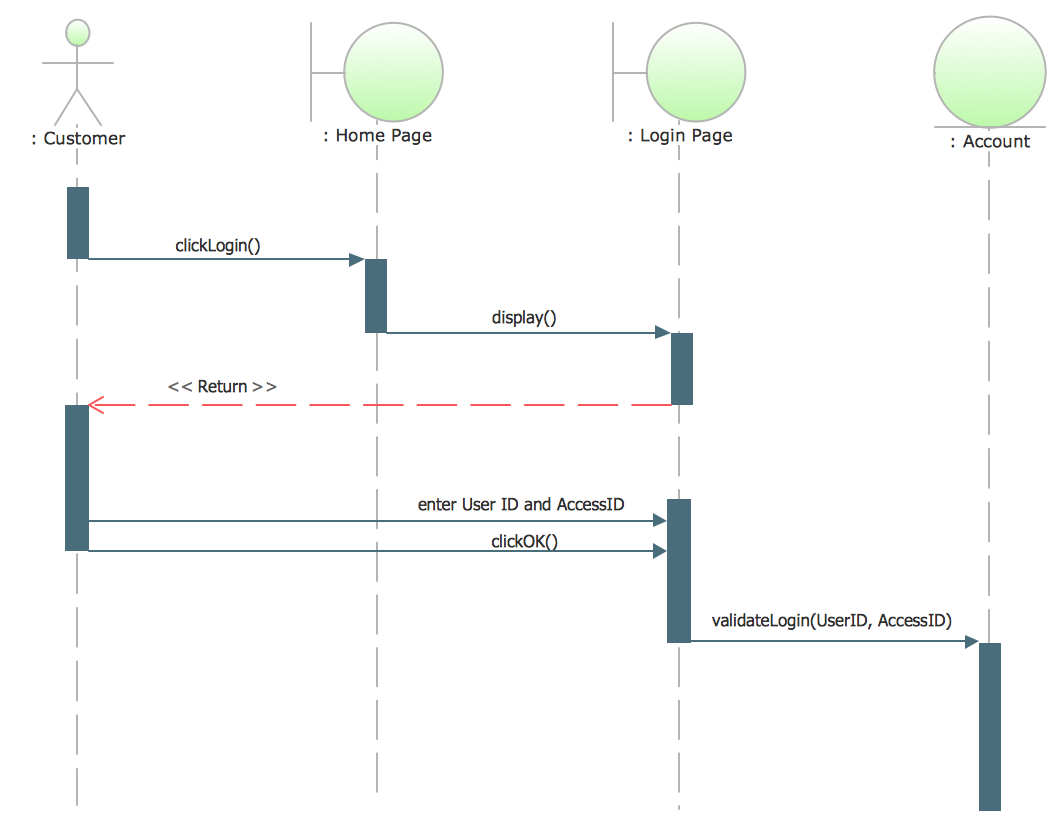

Since we begin with API design, we call this the API design-first or, for brevity, API-first approach. In an API-first approach, we start with the API design and then move into the implementation of APIs as well as the integration logic. These can be described as integration-first or API-first.Īn integration-first approach is a traditional bottom-up approach where we build the integration logic first on top of backend services and then expose the integrated services (also known as composite services) as managed APIs to users. Nowadays, we predominantly see two approaches taken by enterprises when developing their APIs, be it RESTful or some other. Let’s look at how we can achieve the above benefits in our integration projects. Enables the enterprise to cater to future expansionsĪll the above benefits depend on how we design and implement our APIs and the rest of the integration use cases.Opens up new revenue channels and expands existing revenue channels.Allows the enterprise to quickly build new digital consumer experiences.Acts as gateways for an enterprise’s digital assets.Properly designed APIs are a key enabler for any enterprise’s digital presence. Then for each identified use case, we design the APIs beginning from edge APIs and finally implement the integration. After that, we identify probable integration points of the existing systems, required integration capabilities and use cases. Firstly, we identify the project objectives, then we get to know the enterprise ecosystem.

In API-first approach, we go through a seven step execution plan.Utility APIs contain the integration logic acting as the glue between edge APIs and the internal systems. Edge APIs act as the gateway to the enterprise systems while domain APIs expose the internal systems to the integration layer. APIs in an enterprise can be categorized as edge, utility, and domain APIs.Integration-first and API-first are the two widely used strategies in most digital transformation projects the latter proves to be the most effective and future proof method of the two.Design and implementation of APIs (business contracts) can make or break the enterprise's digital business strategy. APIs need to be considered similar to business contracts.Therefore it is important to properly manage and maintain APIs to provide a better digital experience for the enterprise stakeholders. Be it RESTful APIs or not, APIs act as the gateway to your digital enterprise. Adoption of APIs by enterprises have increased in leaps and bounds over the past decade.P.S: this example shows 2 threads, but you can add more threads by adding more horizontal dashed lines. Graphically (see link), the combined fragment is represented as a boxed region in your sequence diagram, parallel sequences being separated by horizontal dashed lines (each of the slices would then correspond to one thread of execution.
#Api sequence diagram example how to
So how to show that interactions may happen in parallel ?įor representing parallelism, you would use a combined fragment introduced by the operator par. In principle, the sequence of the interactions with your object is indicated by the vertical order of the messages. It could be thread instantiations directly, or it could be several objects that are created in the context of the two threads.īut this is not sufficient.

You would also represent with a lifeline each threaded object that interact with your shared object. So your object that is shared between the threads should appear once and only once in the diagram. In a sequence diagram, a lifeline represents an individual participant in the interaction.


 0 kommentar(er)
0 kommentar(er)
